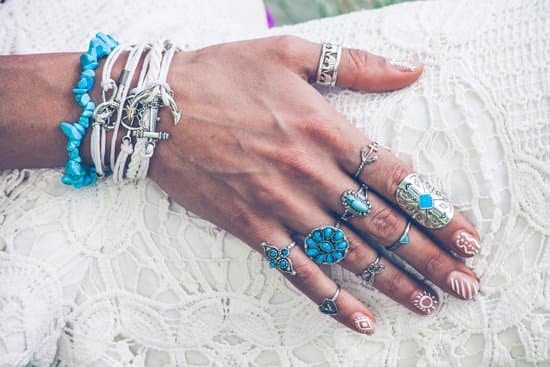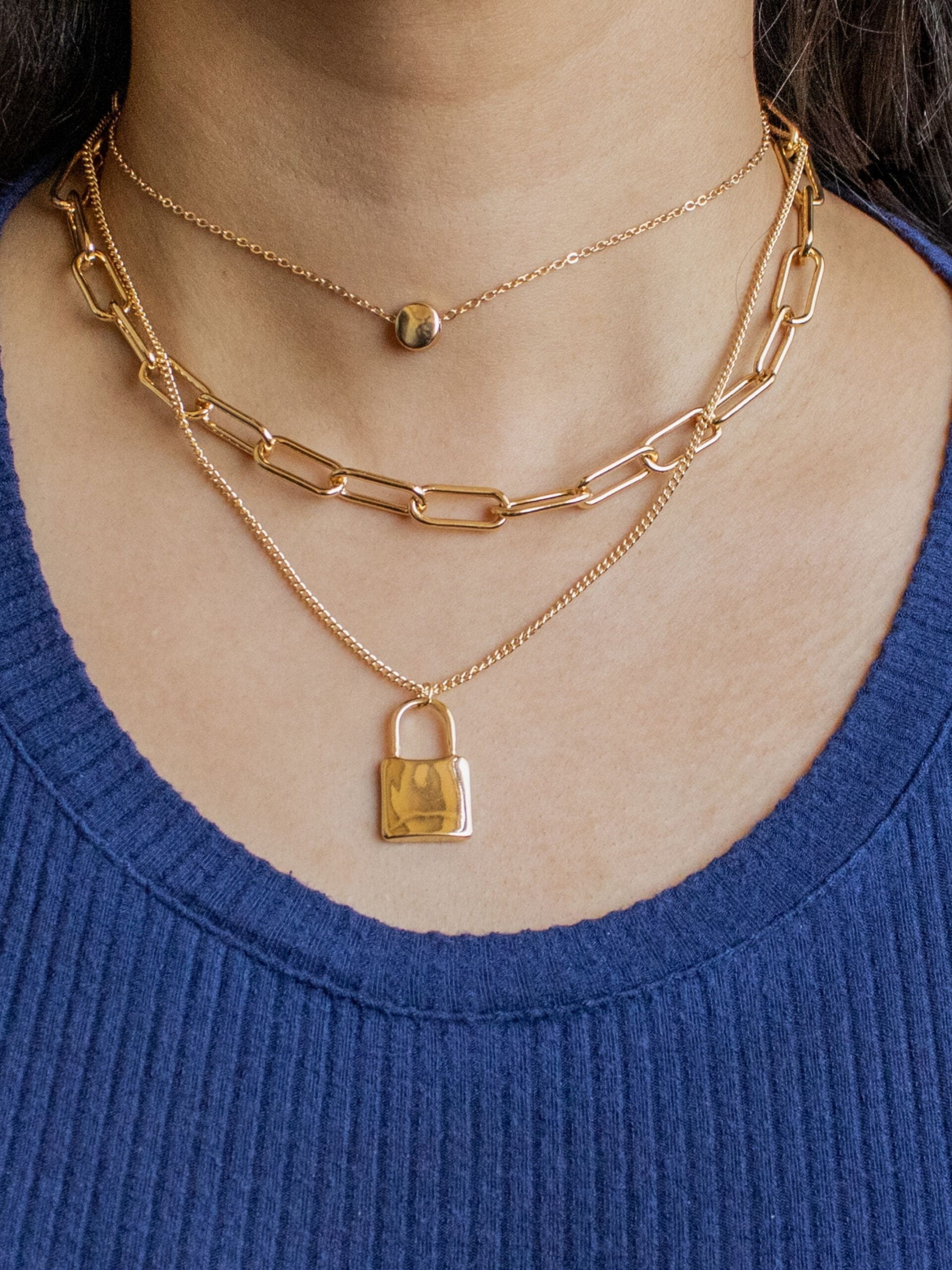Research Resources
• National Association of Jewelry Appraisers: The NAJA is the largest professional jewelry appraisers organization in the United States. They offer educational seminars and resources relevant to jewelry appraisal, including a directory of certified appraisers available for hire.
• eBay’s Resources for Sellers: eBay provides reference guides that can help sellers research the current market value of jewelry pieces. This can be useful for lesser-known makers or vintage items.
• Online Auction Houses: Selling jewelry through an online auction house (like LiveAuctioneers or iCollector) lets you compare similar objects to set your price expectations and to see what collectors may be willing to pay.
• Professional Appraisal Services: Getting an official written appraisal from a local certified appraiser may be worth it if your piece is particularly valuable and you are seeking insurance coverage or estate planning assistance. Local pawn shops and jewelry stores can often point sellers in the right direction when seeking out this type of service.
Selling on Social Media
When it comes to selling jewelry on social media, you have several options. For example, Instagram is a great platform for showcasing jewelry because of its visual nature. You can post pictures of your pieces, write clear product descriptions and include keywords so that people searching for jewelry know what they are seeing. You can also link directly to your website or an e-commerce provider like Shopify where they can purchase your pieces. Similarly on Facebook, you can post pictures of your items and write product descriptions, while including the same keywords as on Instagram. If available in your area, using Facebook Marketplace could be a great way to sell jewelry items quickly since it allows buyers to pay with their PayPal or other payment methods without leaving the app or site. Twitter is another useful platform if you optimize content with hashtags for visibility. Additionally, linking out to sales pages from posts or tweets could allow prospective customers to buy via the link without having to leave Twitter which makes the process faster and easier for them.
Bartering
Bartering is a complex yet effective way to sell jewelry. Generally, bartering involves trading goods or services for other goods or services of equal value. With bartering, you can use your jewelry as a form of payment, either alone or in combination with money.
One of the pros of bartering is that there is no need to set a monetary value on the transaction as both sides are getting something they desire, and an agreement may be reached more easily. This also removes any fees associated with using credit cards, convert money between currencies, or other payment-processing concerns. Furthermore, an emotionally satisfying trade can occur when you come across someone whose wants and needs actually coincide with yours – it could even create a meaningful friendship out of it.
On the downside, bartering is not always practical and might not be doable if you’re dealing with people who were not interested in any of your jewelry pieces. Additionally, businesses that accept barter transactions often have tax considerations and the lack of a solid receipt can make tracking these sales difficult. Lastly, shady deals often times arise in these arrangements where one side might try to get more than what their items are worth and be tricky when defining the valuation criteria.
Reviews
Reviews are of utmost importance when it comes to selling jewelry and many other types of products. Reviews from customers can help to increase trust and credibility, as potential buyers look for proof that the product is safe, reliable, and worthwhile. In order for reviews to be effective, they should be plentiful and generally positive. One way to solicit connections for more customer commentary is to include an incentive for reviews—such a discount, gift card, or other reward. Additionally, you should reach out directly via email, social media platforms, or personal messages asking your customers to share their thoughts on their purchase with reviews. Nowadays there are even services that offer tools specifically designed to handle online review collection and management. Finally, it’s important not just to get reviews but also actively manage them by responding promptly with sincere thanks or by addressing any negative feedback quickly and effectively. Doing so will show new customers that you take your product quality seriously, which in turn could lead to more sales of your jewelry.
Shipping and Returns
When it comes to shipping and returns for jewelry, it is best to ensure that items are packaged with great care. Using bubble wrap or other forms of protective packaging can help prevent any damage during the shipping process. Additionally, you should make sure that the jewelry is securely wrapped and secured within the box. To prevent loss of item, consider using a signed delivery system if available in your region.
For returns, make sure that clear policies are in place so potential buyers understand what they can expect when dealing with you. Provide information regarding approved reasons for a return and also specify what time frame customers have to request a return. Additionally be sure to include instructions on how a customer should go about initiating a return process if they wish to do so. This will create transparency between both parties and help to keep everyone safe in case of any issues with their purchase.
Tax Implications
When selling jewelry, it is important to budget for taxes and make sure that you are paying the appropriate amount. Depending on where you live, there may be different provincial or federal taxes that could apply to your profits. Make sure you keep detailed records of all sales and expenses related to the sale of jewelry so that you can accurately account for your income. To will pay taxes on any profits made from the sale of jewelry. If your jewelry business is a hobby, then you must still report any income generated to the government as miscellaneous income when filing your tax return. However, if you are operating a business or creating items as an artist in Canada, then any income earned is subject to both federal and provincial tax laws as either self-employed earnings or as small business corporate taxes. Research what types of deductions you may qualify for within your region including advertising costs, supplies, space rentals and travel expenses.
Networking
Network marketing is a great way to increase the number of potential buyers and profits generated from selling jewelry. The key to successful network marketing is focusing on two areas: building relationships with potential customers and leveraging relationships to spread the word about your business. To build relationships with customers, you can create targeted advertising campaigns, join local networking groups, attend relevant events and conferences, and send personalized emails or mailers. Once those relationships have been established, use it as an opportunity to leverage your connections for more leads. Reach out with curated information about your products, post updates on social media pages dedicated to jewelry selling platforms and specialize in creating content that encourages people to share it with their connections. With a good network marketing strategy in place, you can create a steady stream of interest in buying your jewelry items and achieve the profits you desire.

Welcome to my jewelry blog! My name is Sarah and I am the owner of this blog.
I love making jewelry and sharing my creations with others.
So whether you’re someone who loves wearing jewelry yourself or simply enjoys learning about it, be sure to check out my blog for insightful posts on everything related to this exciting topic!





